The Vehicle Maintenance Log is similar to the Pre Trip Inspection Checklist form because both are used to ensure that vehicles are in safe and optimal operating condition. While the Inspection Checklist is typically completed before each trip to identify any issues that could impact safety or functionality, the Maintenance Log tracks all maintenance activities over time. This long-term record helps identify recurring issues and ensures routine maintenance is performed, mirroring the preventative purpose of the Pre Trip Inspection Checklist.
The Driver's Daily Log Book shares a connection with the Pre Trip Inspection Checklist as both documents are essential for compliance in the transportation industry. The Daily Log Book records hours of service and rest periods to comply with regulations, akin to how the Inspection Checklist ensures vehicles meet safety standards before hitting the road. Both forms contribute to the oversight of daily operations, promoting safety and regulatory adherence.
A Job Safety Analysis form, while focused on workplace tasks, aligns with the purpose of the Pre Trip Inspection Checklist by emphasizing safety and preventive measures. The Job Safety Analysis breaks down tasks to identify potential hazards and implement controls, paralleling the Inspection Checklist’s role in identifying vehicle issues before they become hazardous. Each form acts as a proactive approach to minimizing risk and ensuring safety.
The Equipment Check-Out Form parallels the Pre Trip Inspection Checklist in its function of accountability and record-keeping for the use of equipment. While the Check-Out Form documents who is taking equipment, their purpose, and the return condition, the Inspection Checklist tracks the vehicle's condition before use. Both forms ensure that equipment and vehicles are returned in good working order, preventing future issues.
Emergency Equipment Checklist is closely related to the Pre Trip Inspection Checklist as it focuses on the availability and functionality of safety and emergency equipment within a vehicle or facility. Much like the pre-trip form ensures a vehicle is safe for operation, the Emergency Checklist verifies that all necessary safety equipment is present and in working order, ready for use in case of an emergency, thereby ensuring preparedness and safety.
The Quality Control Checklist is similar to the Pre Trip Inspection Checklist in its goal to uphold standards. In manufacturing or service delivery, the Quality Control Checklist is used to inspect products or service outcomes against predefined standards, akin to how the Pre Trip Inspection Checklist scrutinizes vehicles against safety and operational criteria. Both checklists serve as vital tools in maintaining quality and safety benchmarks.
Lastly, the Facility Safety Inspection Checklist shares objectives with the Pre Trip Inspection Checklist, focusing on identifying and mitigating risks within a facility. This form evaluates different aspects of a physical workplace to prevent accidents and injuries, similar to how the vehicle inspection form assesses a vehicle's condition to prevent issues on the road. Each checklist is a critical component in a broader commitment to safety and compliance.
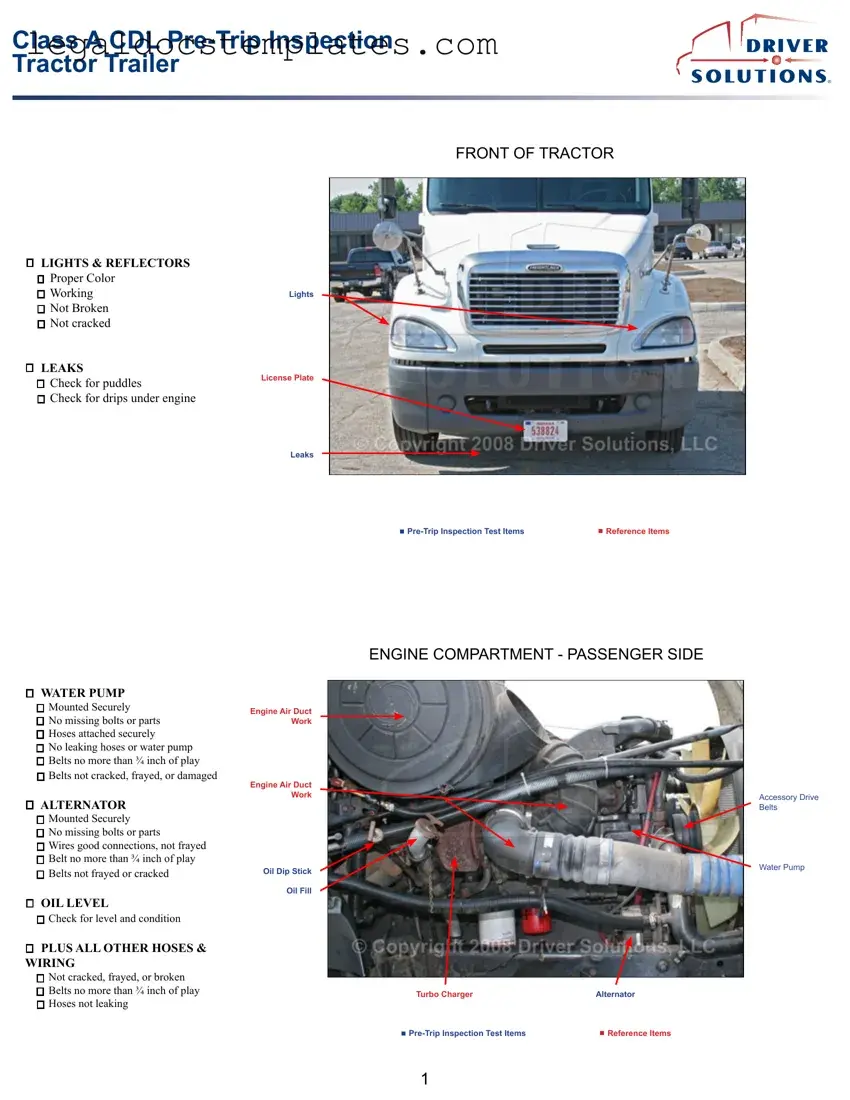
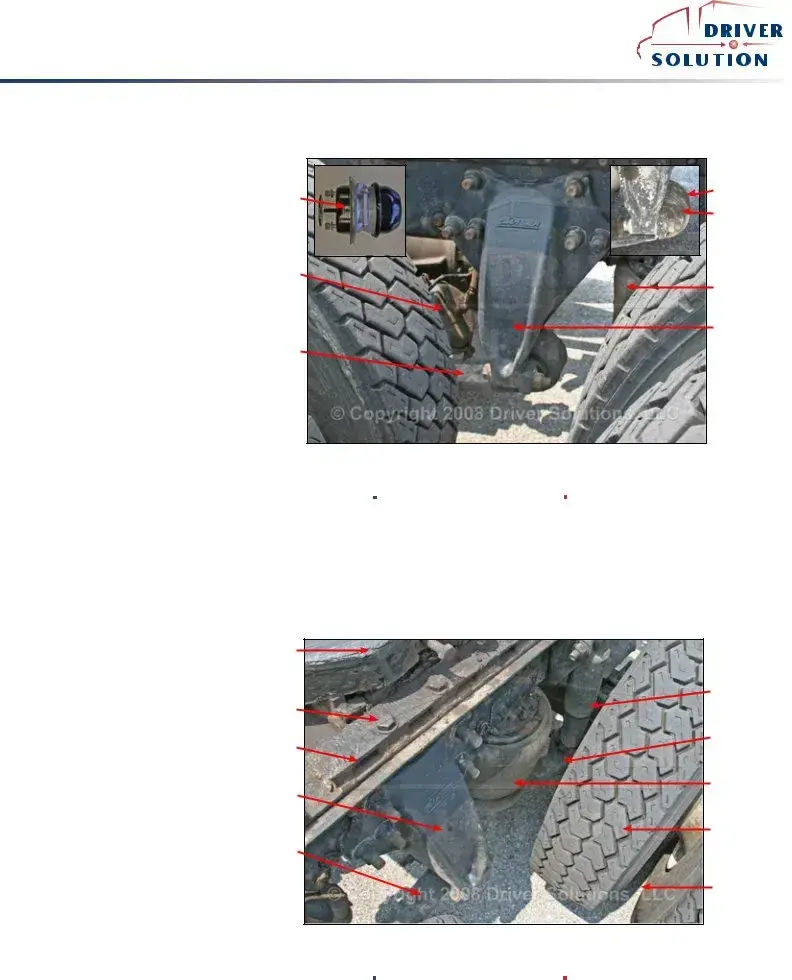
 ®
®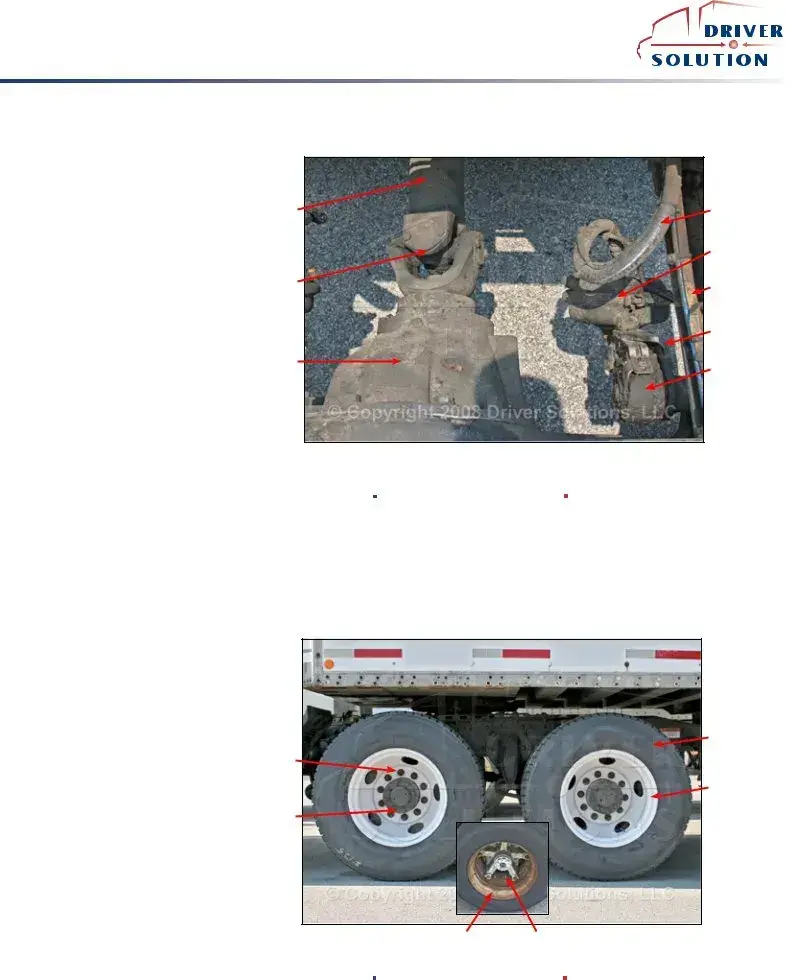
 ®
®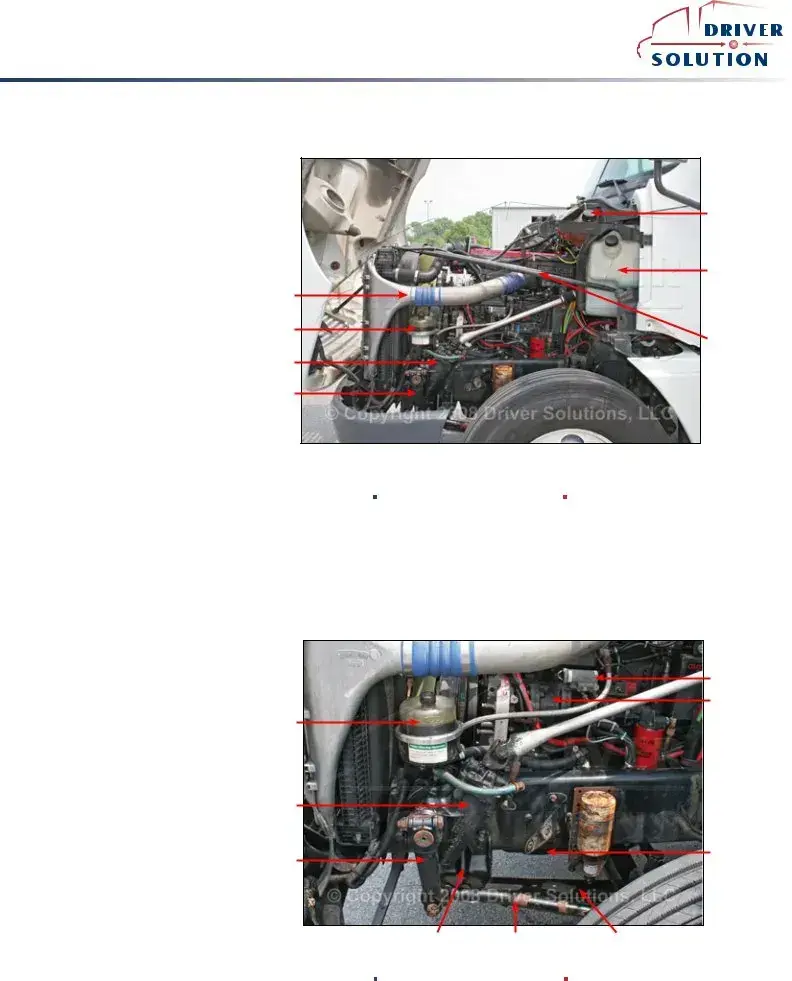
 ®
®
 ®
®
 ®
®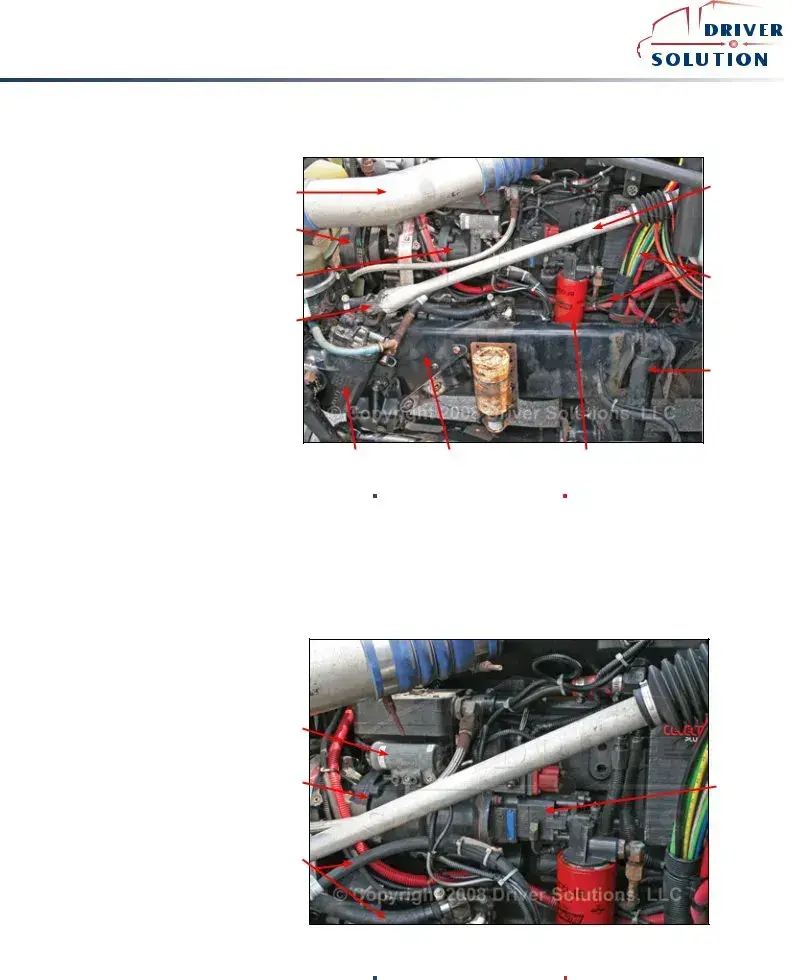
 ®
®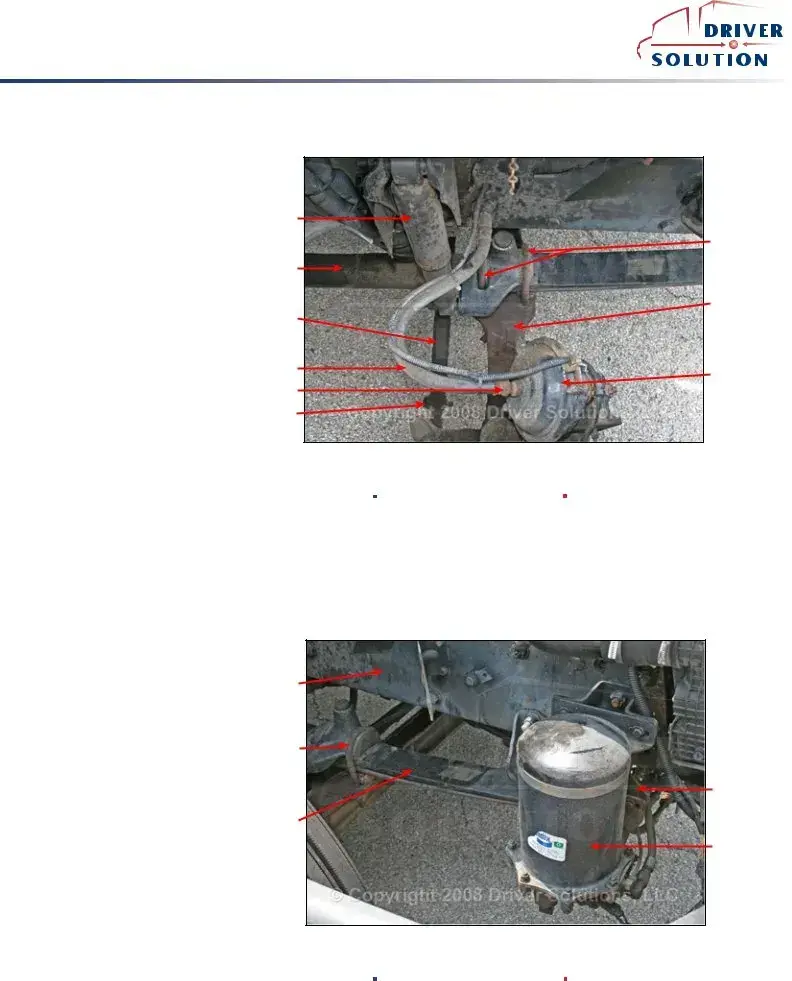
 ®
®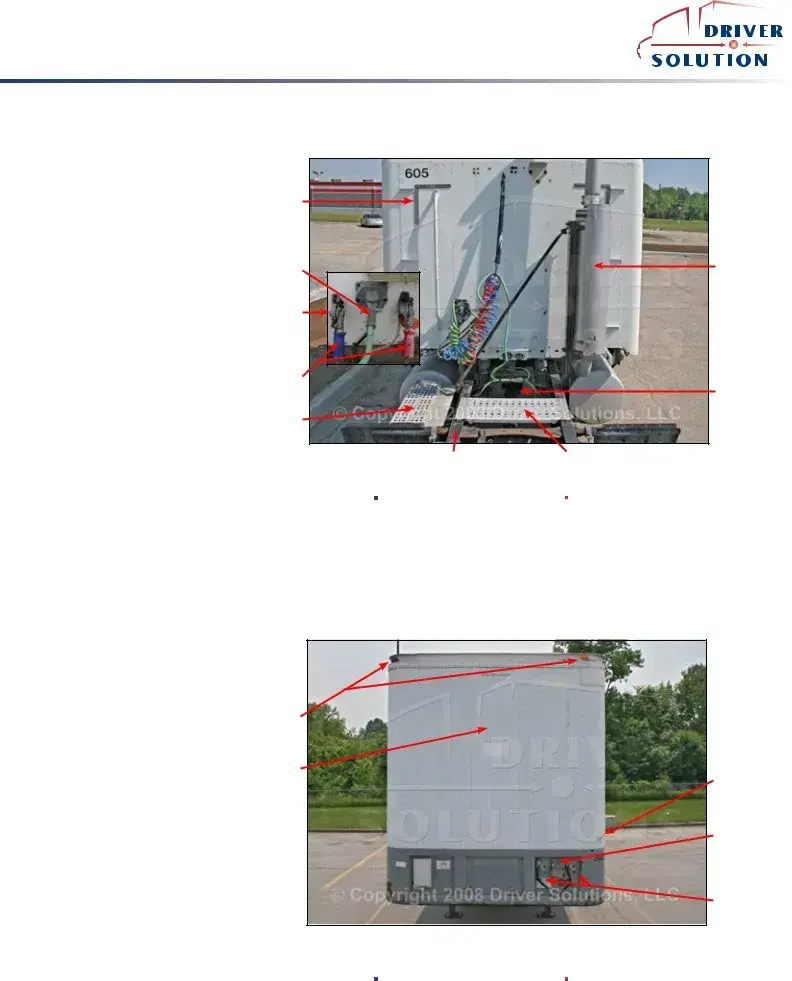
 ®
®
 ®
®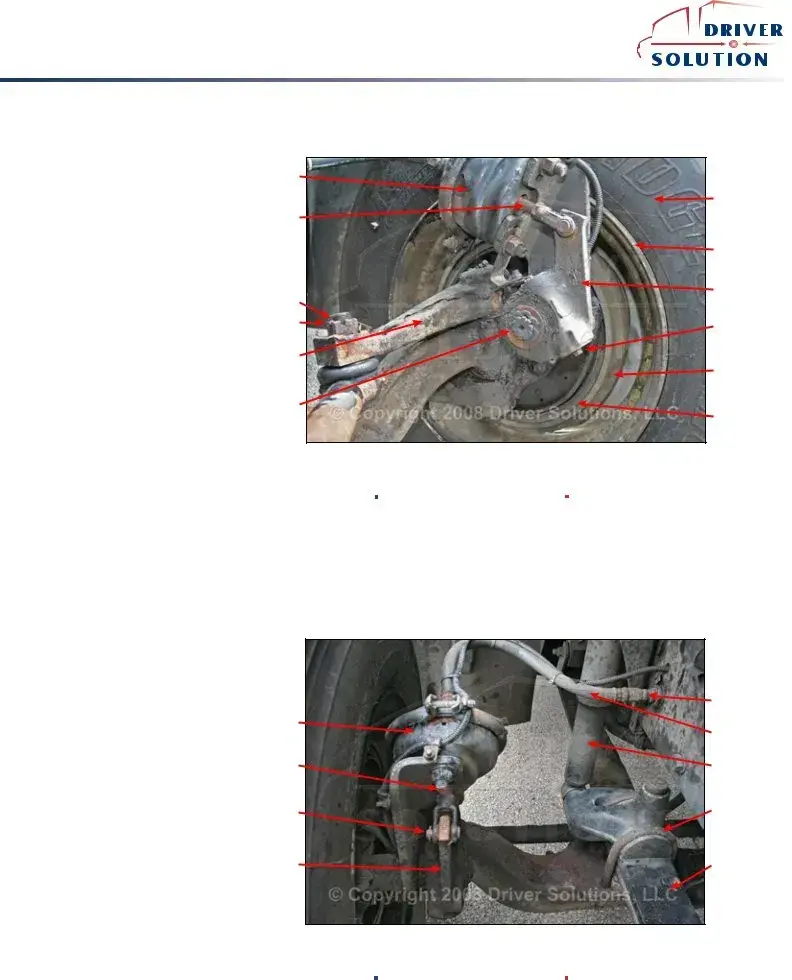
 ®
®